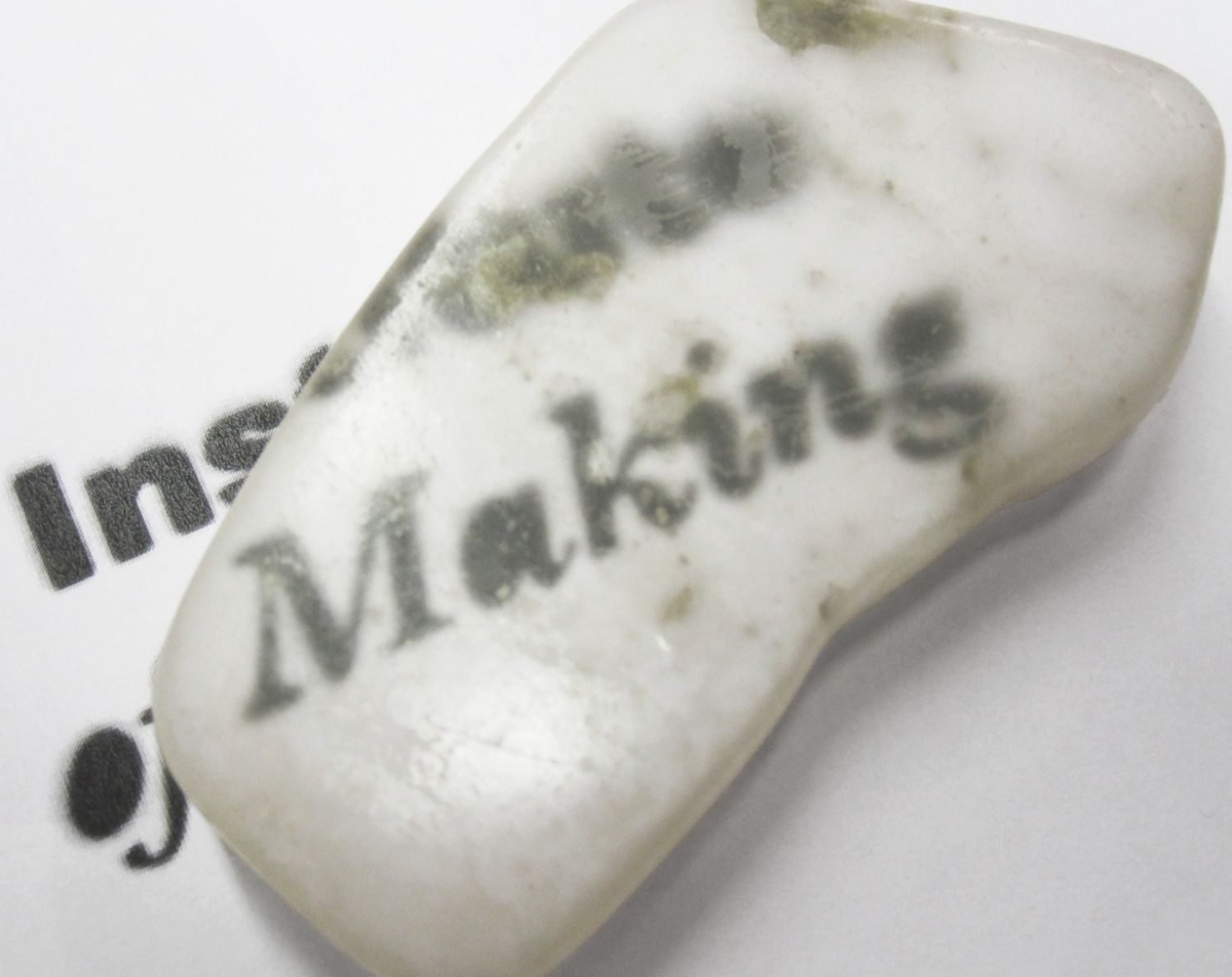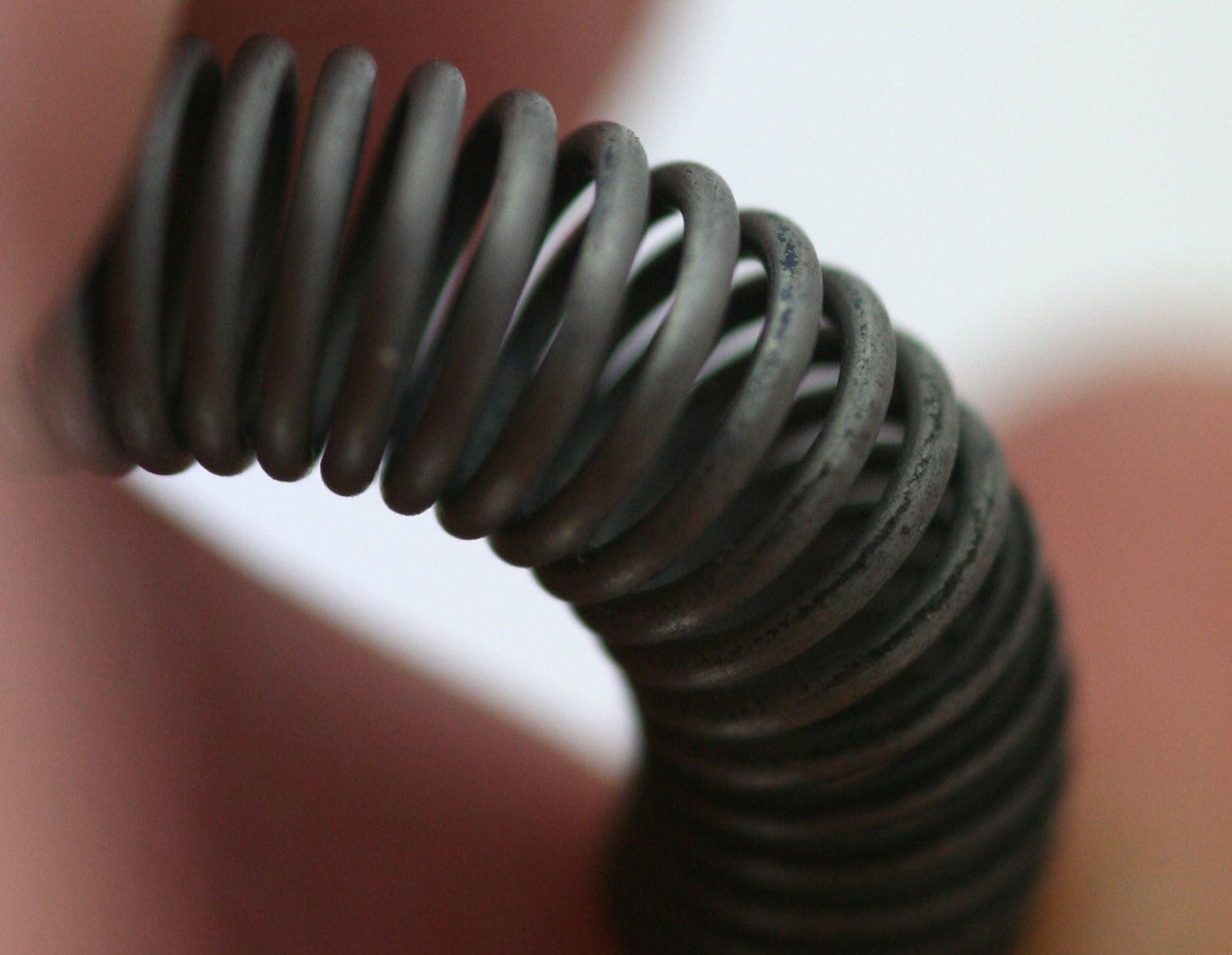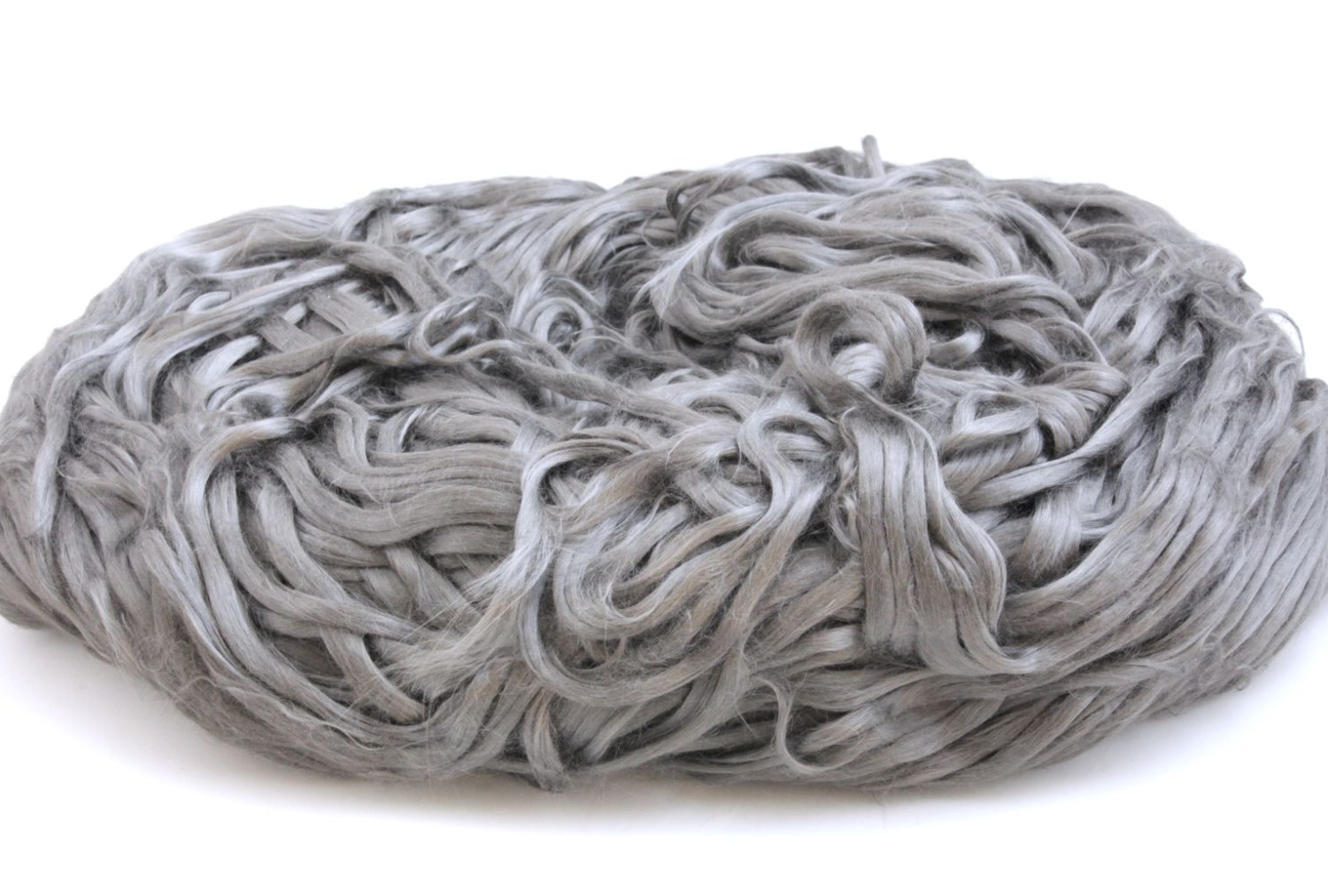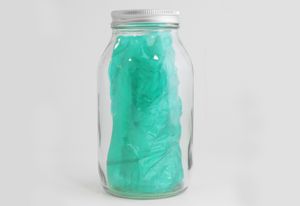An Interview with material scientist Mark Miodownik
In Stuff Matters: Exploring the Marvelous Materials that Shape our Man-Made World, Mark Miodownik argues that “civilization is in a large part bestowed by material wealth.” He builds this argument by taking his own relationship to everyday materials as a starting point, delving into the history, impact, and science behind familiar substances from concrete to chocolate.
Mark Miodownik Ph.D., is the UCL Professor of Materials & Society and a regular presenter on the BBC. Mark recently joined Scope of Work's Member reading group for an hour-long conversation about the book, his work as a scientist, and his commitment to science communication. What follows is an edited and condensed transcript of our discussion.
Hillary Predko: I'm curious about your pedagogical approach to teaching material science – it's very interdisciplinary. From your books that integrate the arts and humanities, to your work with the Institute of Making and materials library, it seems like you’re always trying to pull more people into your world.
Mark Miodownik: Well, I came from an engineering background, and I studied material science. I couldn't wait to start my degree, but when I got there and it was very monocultural – I was really quite surprised. It was basically quantum mechanics and electrical physics. Which is important, but it's not by any means the whole story about materials.
Throughout my degree, I was thinking, "It just doesn't sit with me that well. I need more than this." I needed to expand my horizons and understand materials more broadly. I started seeking out people who knew them from different angles – from an arts, design, or music angle. We started building a library of materials as an interface between us and ended up with this tactile language. We could talk about materials, even though we came from different disciplines.

Then the materials library just got out of hand and overwhelmed the lab. I got together with two of my colleagues, one a designer, one an artist, and said, "Look, what we really need is an institute of making. We need a place where anyone who likes materials can come, but it doesn't matter which discipline you come from because you'll all be welcome – you'll recognize the place as yours."
James Coleman: Could you go a little bit deeper on the way that you decide what you're going to bring into your library? Is there an official process?

MM: I started collecting materials that were just clearly remarkable, like shape memory alloys. In a way, I wanted to show off and say, "You know, material science is such an amazing subject. You should all be interested in it!" But soon I realized that actually, every material is amazing. You just need to understand what is amazing about it. My artist and designer friends would show me materials that they found amazing from an aesthetic or cultural point of view, and we realized that it's the stories around the material that you're collecting. And the sample itself is a token of that story.
So, we don't tend to bring materials into the library that don't have some new story that we haven't heard before. For example, we’ve got loads of steels. At first, it was like, "Here's a steel ingot, it's really heavy, and people should feel that." Okay, so that's fine – it's in. “Oh, here’s a stainless steel, but this is the most stainless steel you can ever get.”

We've got all these steels and now it's getting harder and harder for a sample to get into the library. But then there'll be materials that we haven't got, so there is something of a lower barrier to entry. The other day, I went to a factory that makes mushroom packaging, and I picked up a sample. It’s just so fascinating that a living thing can be a bit of packaging – and so I bring it to the institute and fall in love with it for a week, until the next material comes along.
Read the full story
The rest of this post is for paid members only. Sign up now to read the full post — and all of Scope of Work’s other paid posts.
Sign up now

